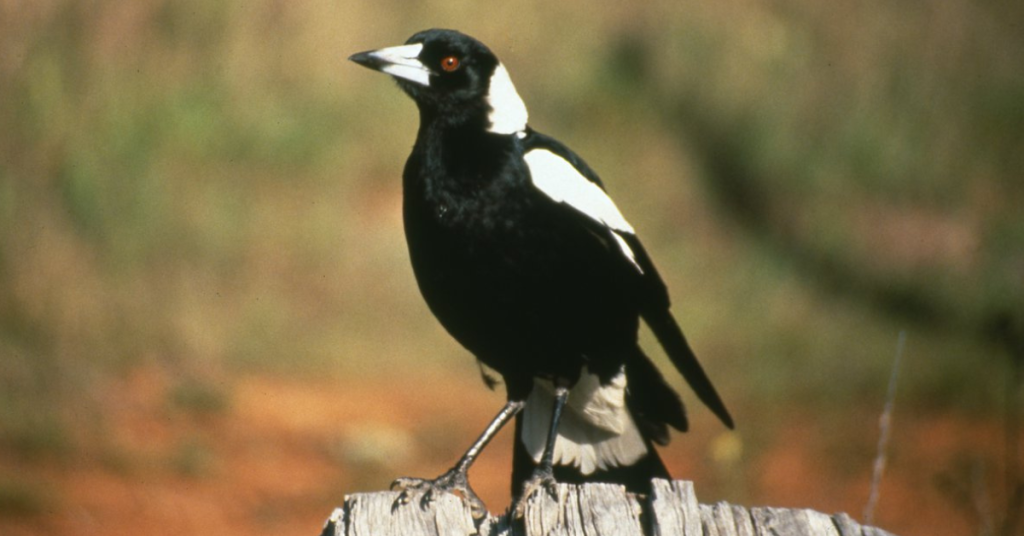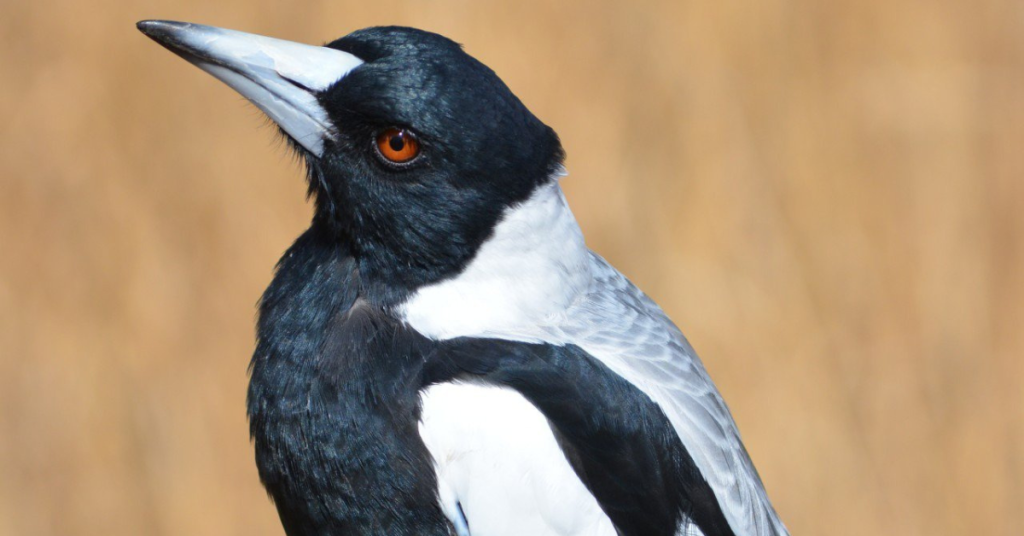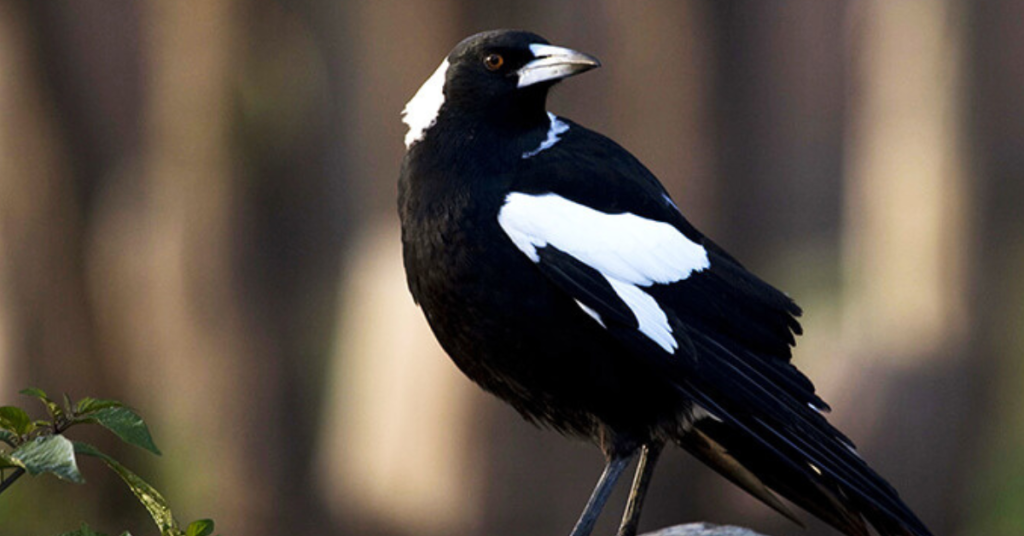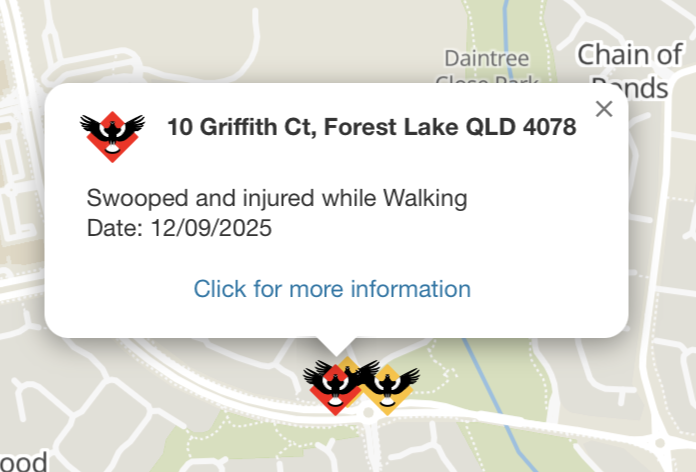Brisbane residents in hotspots like Forest Lake are learning to navigate the annual challenge of sharing their suburbs with protective magpie fathers, as this year’s swooping season sees a spike in defensive encounters.
The Annual Springtime Standoff

As spring breathes life into the city, it also signals the start of a familiar dance between humans and birdlife. The magpie breeding season is now in full swing, an annual period between July and January when some male birds become fiercely protective.
According to recent data from Brisbane City Council, Forest Lake has emerged as one of the key suburbs for these encounters this season, alongside Wakerley, Carindale, Oxley and Bald Hills. This seasonal pattern is well-documented, with areas like New Farm and Brighton having topped the list for reports over the past year.
Understanding Your Protective Neighbour

Before you label the magpie an aggressive pest, behavioural ecologists encourage a change in perspective. An expert from BirdLife Australia, Sean Dooley, clarified that it’s a very small fraction of male magpies, about one in ten, that engage in swooping. Emeritus Professor Darryl Jones, a magpie expert, explained that these birds are simply acting on parental instinct.
They perceive fast-moving people, especially cyclists, as potential predators threatening their nest, much like they would a goanna or a snake. Their swoop is a defensive manoeuvre, the act of a father trying to keep his family safe. This protective instinct is what has made birds like the “Guardian of Viola Place” near the Brisbane Airport a local legend among cyclists who frequent the path.
A Guide to Peaceful Coexistence

The key to navigating the season isn’t aggression, but awareness. For cyclists, who are the most common targets, staying calm and in control of the bike is the most crucial first step, as a fall can cause more harm than a bird. Cycling advocacy groups suggest practical gear like helmets fitted with a wide brim, such as those from Da Brim, and wrap-around sunglasses can offer effective protection for the head and eyes.
While some people swear by adding cable ties or fake eyes to their helmets, experts suggest these methods have little proven effect. For pedestrians, simply choosing to walk in a group, carrying an umbrella, or avoiding known nesting areas during the peak months of September and October can make all the difference.
Community Watch and Common Sense

Brisbane residents have developed a strong community-led approach to keeping each other informed. Locals are encouraged to log any swooping incidents on the website Magpie Alert, creating a real-time map that helps others plan safer routes.
Brisbane Lord Mayor Adrian Schrinner also stressed the importance of community reporting, stating that when residents inform the council of a swooping bird, it allows them to monitor the situation and install warning signs for others. In some cases involving particularly persistent birds, the council has stepped in to relocate them, moving more than 41 birds in the last financial year alone. Ultimately, these birds are a valued part of Brisbane’s biodiversity, and learning to share our space is key.
Published Date 15-September-2025




